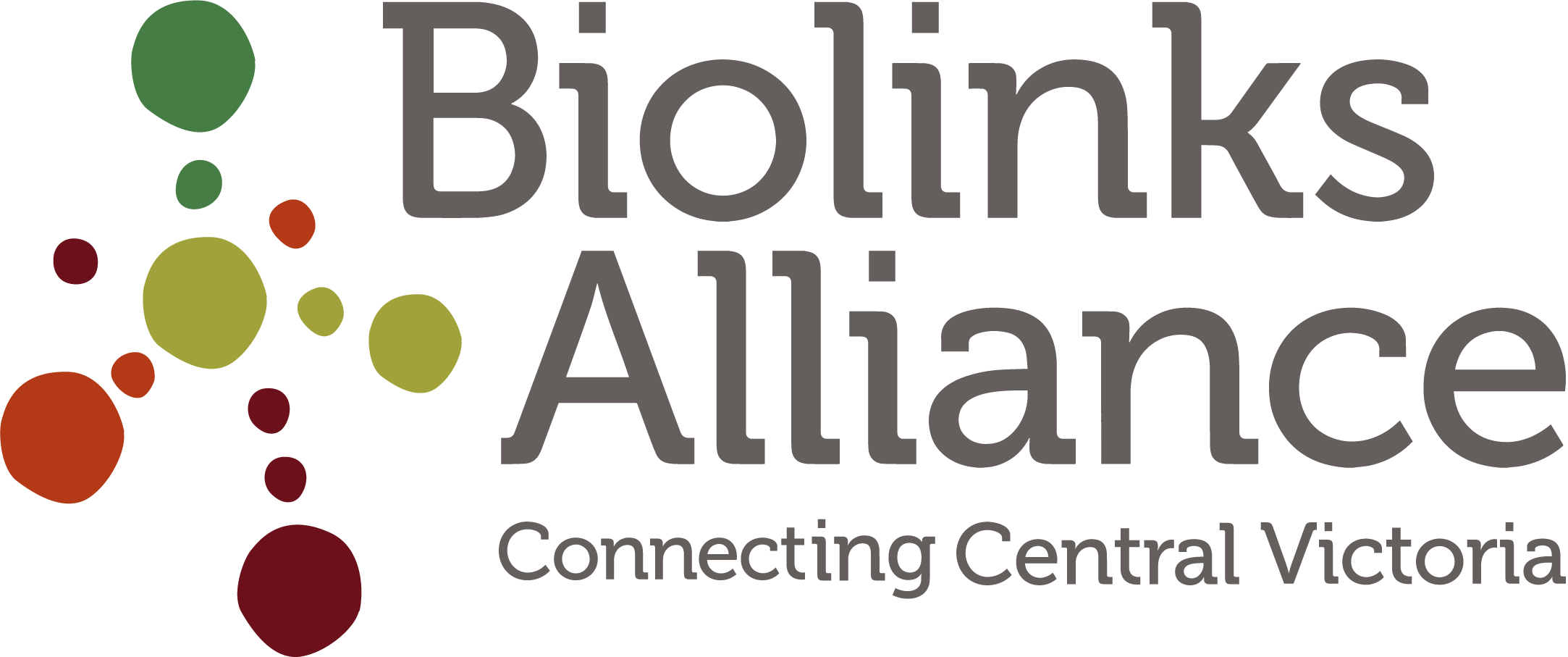Conservation Goes Digital
PUBLISHED IN THE NORTH CENTRAL REVIEW, JUNE 30, 2020
Conservation Goes Digital
MITCHELL Shire residents can help make life easier for a vulnerable marsupial through community citizen science project Glideways.
Following bushfires during summer and subsequent disruption to restoration projects due to COVID-19, the brush-tailed phascogale’s habitat is under threat.
The brush-tailed phascogale comes out at night, doing its best to avoid foxes and cats as it hunts for insects underneath tree bark or leaf litter.
The native marsupial is declared vulnerable in Victoria.
Tania Begg and Sonia Sharkey check out Phascogale-friendly habitat at Kilmore’s Monument Hill.
Over time, it has become more difficult for wildlife to safely pass through regional landscapes or settle in for breeding.
Prime breeding time is between May and July for the species, meaning males, who only survive one season, will soon die.
Biolinks Alliance Glideways project co-ordinator Tania Begg said the short natural life cycle wouldn’t be such a problem if safe nesting grounds and vegetation buffers were easier to come by.
Ms Begg said females can call up to 30 hollows home each year as they seek to avoid predators, darting dangerously from tree stump to hollow.
“We know that we need to restore and reconnect fragmented environments to support populations, but we need more information first,” she said.
“The more private and public spaces we observe now, the more historic and current sightings we gather, the clearer our data picture will become. And that’s why citizen science is such an important piece of the puzzle.”
Biolinks Alliance connects local activities into larger-scale conservation taking place in communities along Australia’s eastern ranges. Glideways is a partnership project supported with funding from the Ross Trust.
The goal is to identify places currently used by marsupials like phascogales and gliders, and to map gaps as sites for future restoration, revegetation and nest box monitoring. The subsequent landscape expansion and corridor reconnection will support wildlife population growth.
Sonia Sharkey is South West Goulburn’s Landcare Facilitator. She once liaised with a farmer who mistook the phascogale for a rat. Once he understood that he had a threatened species on his property, he was chuffed.
“It became a real source of pride for him. The phascogale presence was a sign of ecosystem connectedness. Those fallen trees and debris he initially considered mess were actually healthy habitat corridors.”
As a landowner, it can be confusing to know what’s what or what to look out for. That’s why Biolinks Alliance has developed a series of short videos and a reporting tool to support locals to become citizen scientists.
“You don’t have to have a degree or a lab coat to be our kind of scientist. You just need to grab your torch, step outside and be curious,” says Tania.
People who think they’ve spotted a phascogale some time or if there’s a nesting box anywhere on their property are invited to submit this valuable information at https://biolinksalliance.org.au/glideways-in-the-melbourne-ark or to contact Tania Begg tania@biolinksalliance.org.au

